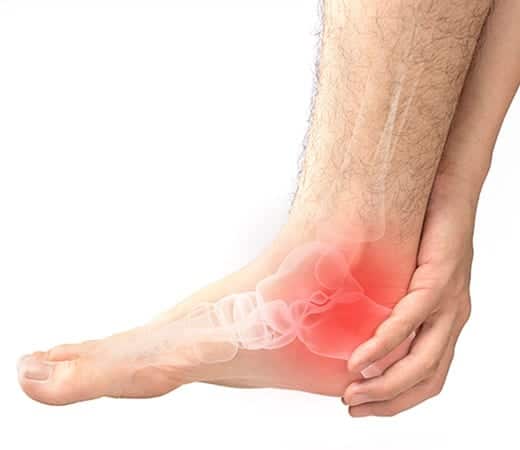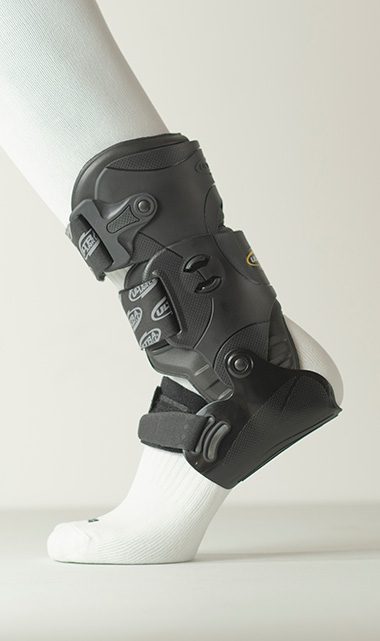Osteoarthritis (OA) is one of the most common forms of arthritis. It develops as you age due to wear and tear of the joint cartilage. The joint where your ankle and shinbone meet is one of the most common joints affected by osteoarthritis, and it may result in tenderness or pain, the reduced ability to walk, move, or bear weight, and stiffness or swelling in your joint.
One of the most notable symptoms of ankle osteoarthritis is decreased ankle range of motion due to joint inflammation. An inflamed ankle often results in difficulty in moving your toes, flexing your ankle, or pain in your lower shin.
Because this damage won’t heal on its own, your doctor must diagnose your ankle osteoarthritis and prescribe a surgical or non-invasive treatment plan.
Surgical options for ankle osteoarthritis may include artificial ankle replacement in most severe cases, but typical treatment is usually ankle fusion or arthroscopic surgery to remove loose pieces of cartilage and clean up any rough surfaces of the joint.
Non-surgical options include injections, physical therapy, additional foot and ankle support, and more. To help manage the pain of ankle osteoarthritis, Ultra Ankle’s team of medical professionals has found that if you can reduce the impact of the bone on bone friction, you can reduce joint irritation and the pain that comes with it. This process is called unloading of the ankle joint, which means the ankle brace will absorb some of the impact from standing or walking that would normally be transferred to your painful ankle.
For an ankle brace to unload the joint and reduce joint irritation, it needs to feature a rigid bottom that goes under the heel. Any ankle brace with a soft or fabric bottom will not absorb impact or reduce weight bearing pain. While the bottom of the brace needs to be rigid, the top of the brace should be stable enough to support the weakening ankle. A semi-rigid or rigid bottom plus an upper stabilizer can only be found in two braces on the market, and both are products designed by Ultra Ankle.



